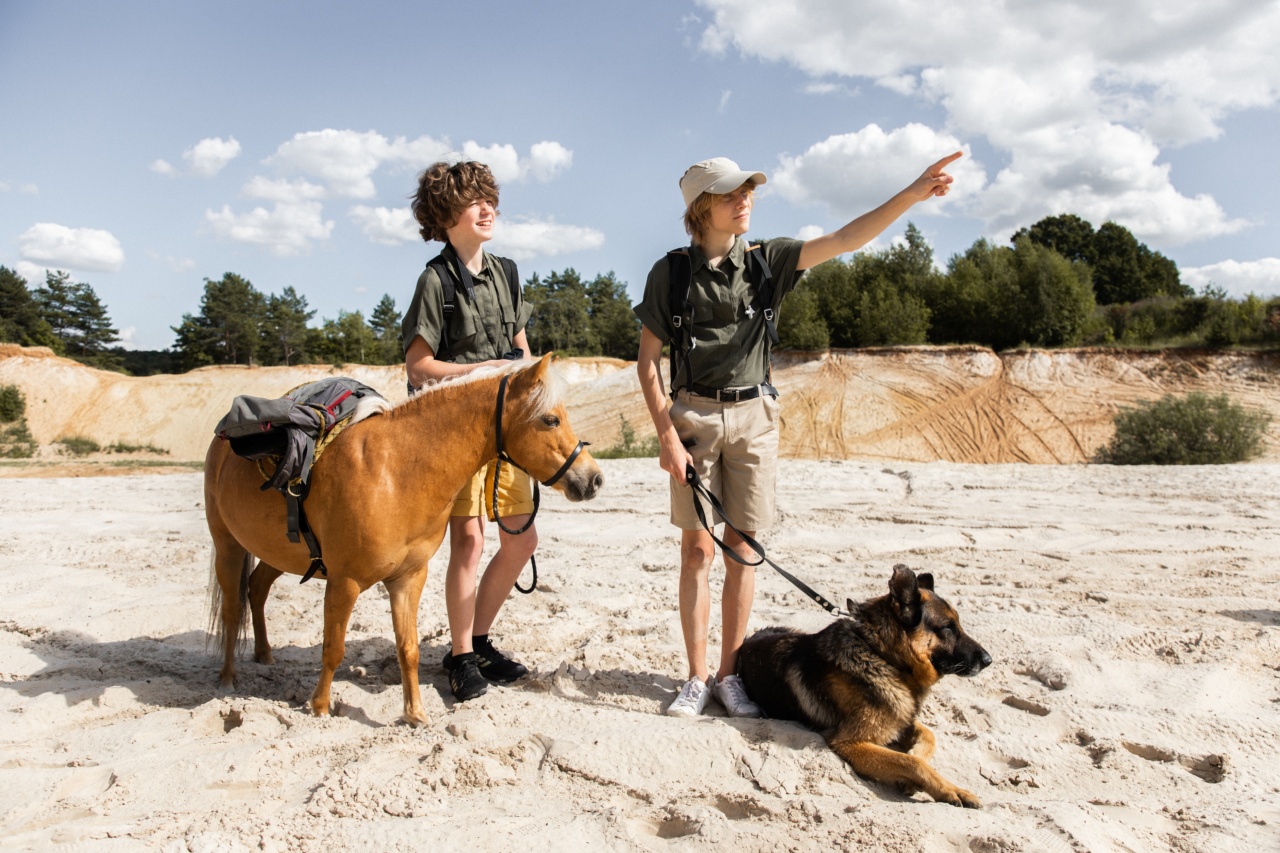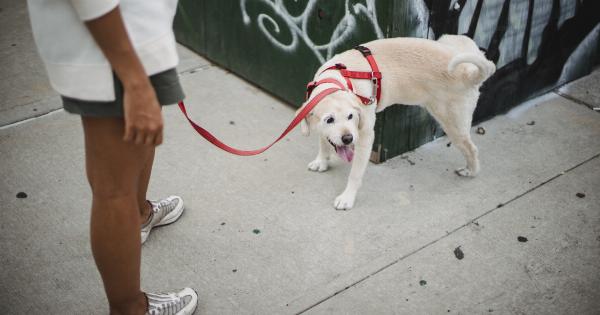The COVID-19 pandemic has disrupted every aspect of life around the world. One of the areas that have been heavily impacted by the pandemic is international travel.
Countries have had to restrict entry and exit to prevent the spread of the virus, and airlines have had to cancel and reschedule flights due to the uncertainty and volatility of the situation.
As the world slowly emerges from the pandemic, travel restrictions are beginning to lift, and airlines are resuming flights. However, the process of traveling is not going to be the same as before.
Various measures have been put in place to ensure the safety of travelers, such as mandatory mask-wearing, social distancing, and temperature checks.
One other measure that is gaining popularity in some countries is the use of sniffer dogs to detect COVID-19 cases.
This tactic has been used previously to detect other viruses, such as Ebola, and it is proving to be successful in detecting COVID-19 as well.
What is Koronovios?
Koronovios is a Greek sniffer dog that has been trained to detect COVID-19 cases. He is one of the many sniffer dogs that have been employed in various countries to assist in detecting COVID-19.
Koronovios is trained to detect the virus’s scent, which he can detect within seconds, even in asymptomatic carriers.
According to his trainer, Anna-Maria Antonatou, Koronovios has been trained using sweat samples from COVID-19 patients and can detect the virus’s scent even when it is present in very low concentrations.
Antonatou has stated that she believes Koronovios is 100% accurate in detecting the virus.
How does Koronovios work?
Koronovios works by using his sense of smell, which is highly evolved and capable of detecting scents that are undetectable by humans. When he smells a scent associated with the virus, he gives a signal, such as sitting down or barking.
Once he has detected the scent, the person is subjected to a PCR test to confirm the diagnosis.
Another advantage of using sniffer dogs such as Koronovios is that they can screen large numbers of people in a short period. This method is particularly useful in places such as airports and large gatherings, where there are many people to screen.
Is using sniffer dogs to detect COVID-19 effective?
Despite the promising results of using sniffer dogs such as Koronovios to detect COVID-19 cases, some experts are skeptical of their effectiveness.
They argue that there is not enough scientific evidence to support the use of sniffer dogs for COVID-19 detection.
Furthermore, there are also concerns about the reliability of using dogs to detect COVID-19, as they could potentially detect other respiratory infections that share similar scents with the virus.
Despite these concerns, countries such as Finland, Belgium, and the UAE have employed sniffer dogs to detect COVID-19 cases. In Finland, dogs have been used to screen passengers arriving at the Helsinki airport since September 2020.
The Future of COVID-19 Detection using Sniffer Dogs
The use of sniffer dogs such as Koronovios to detect COVID-19 cases is an innovative approach that could potentially revolutionize the way we detect and manage the pandemic.
However, there is still a lot of research that needs to be done to determine the effectiveness of using sniffer dogs for COVID-19 detection.
If proven to be effective, the use of sniffer dogs could be an invaluable tool in the fight against COVID-19. They can quickly detect the virus, even in asymptomatic carriers, and screen large numbers of people in a short period.
This method can be particularly useful in places such as airports, which are high-risk areas for the spread of the virus.
Conclusion
Koronovios is a Greek sniffer dog that has been trained to detect COVID-19 cases. His success in detecting the virus’s scent has led to the employment of sniffer dogs in various countries to assist in COVID-19 detection.
While there are concerns about the reliability and effectiveness of using sniffer dogs for COVID-19 detection, the method has shown promise and could potentially revolutionize the way we manage the pandemic.






























